11 Things You Can Do Right Now to Build a More Trauma-Sensitive Classroom
February 19, 2019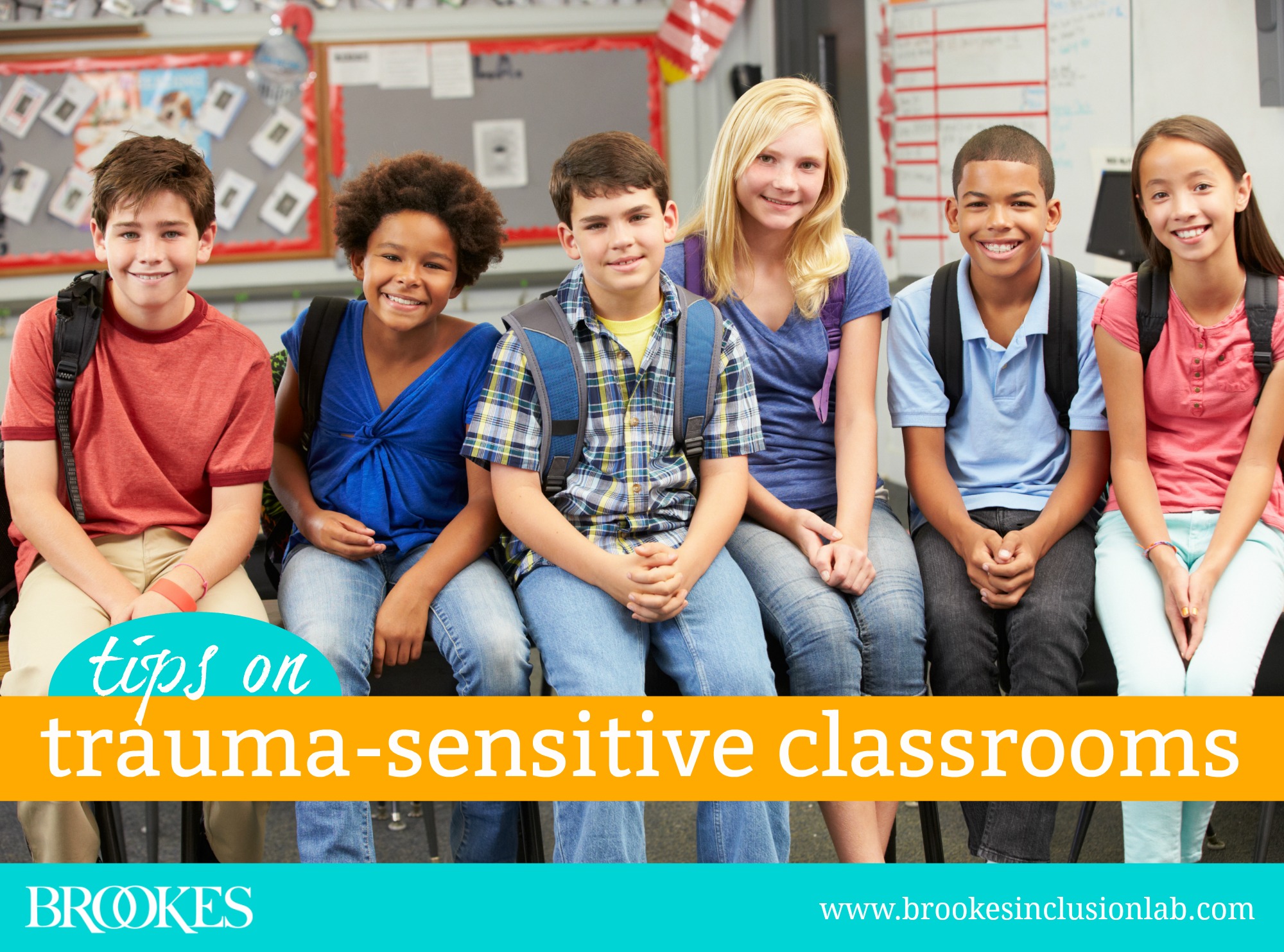
*Updated 11/29/21
Before the pandemic, it was estimated that at least one in four young people experiences trauma severe enough to negatively affect their school success (National Child Traumatic Stress Network Schools Committee). And as the effects of COVID-19 continue to unfold, it’s a safe bet that every student (and adult) in your school has sustained some level of trauma from the events of the past two years. We talk a lot on the blog about how to welcome and include students with disabilities, but how can you meet the needs of students who come to school with physical and emotional needs that stem from trauma?
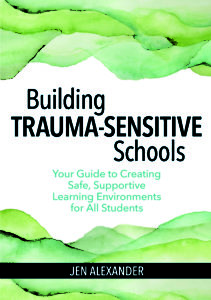 Today’s post outlines 11 things you can start doing now to make your inclusive classroom a safer and more nurturing place for students with trauma in their past (or present). Excerpted and adapted from the practical guidebook Building Trauma-Sensitive Schools by Jen Alexander, these strategies will help you create an environment that addresses the needs of children who experience trauma and reduces their barriers to learning.
Today’s post outlines 11 things you can start doing now to make your inclusive classroom a safer and more nurturing place for students with trauma in their past (or present). Excerpted and adapted from the practical guidebook Building Trauma-Sensitive Schools by Jen Alexander, these strategies will help you create an environment that addresses the needs of children who experience trauma and reduces their barriers to learning.
Be clear about safety rules and expectations.
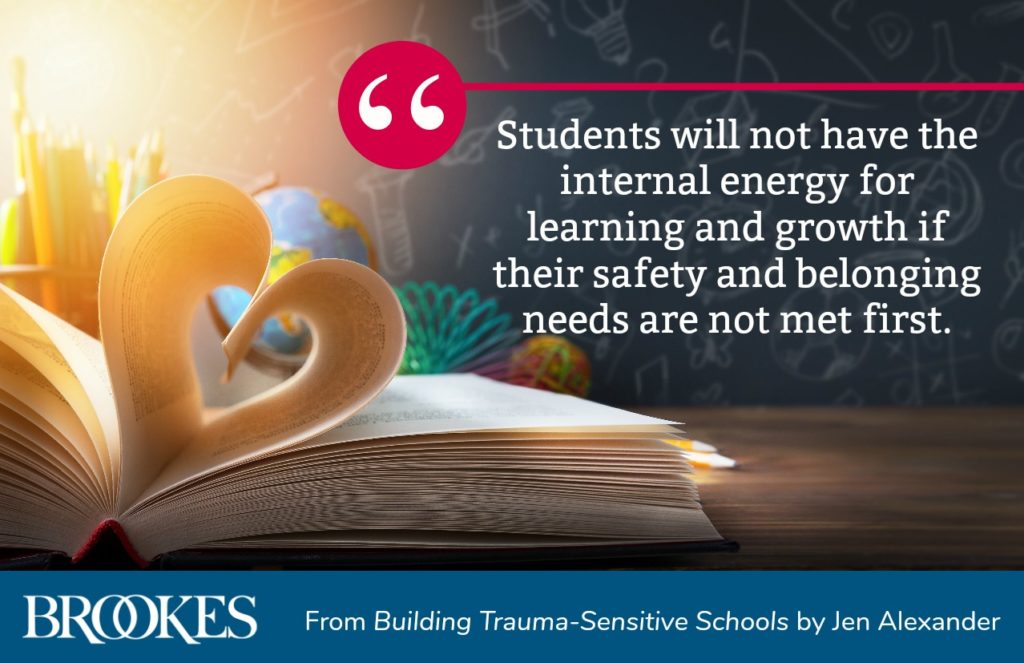 Collaborate with your students to establish classroom rules that promote safety—and then get creative to teach and reinforce the rules. Posters or step-by-step charts can help, but also consider filming commercials of real students demonstrating how to meet expectations. These can be especially effective when older kids are teaching younger ones all about “how we do things in our school.” Your safety teaching tools should highlight that some expectations may be the same schoolwide, while many will be specific to individual classrooms or areas like the bus, cafeteria, hallways, restrooms, locker rooms, playground, and auditorium. Be specific about how everyone can do their part to help keep everyone safe.
Collaborate with your students to establish classroom rules that promote safety—and then get creative to teach and reinforce the rules. Posters or step-by-step charts can help, but also consider filming commercials of real students demonstrating how to meet expectations. These can be especially effective when older kids are teaching younger ones all about “how we do things in our school.” Your safety teaching tools should highlight that some expectations may be the same schoolwide, while many will be specific to individual classrooms or areas like the bus, cafeteria, hallways, restrooms, locker rooms, playground, and auditorium. Be specific about how everyone can do their part to help keep everyone safe.
Replace “What’s wrong with you?” with “What happened to you?” Note that this is a mindset change, not an actual question that you’d ask students or families in most cases. When you’re trying to understand a student and their behavior, consider any life experiences that could be affecting how the student functions today. Starting from curiosity can help you be open to various possibilities when it comes to understanding a student. It can also help you approach the student from a place of reflection marked by acceptance and empathy instead of negative judgment. Be sure to follow your consideration of “what happened” with the question, “How might I be able to help?”
Distinguish between a “can’t” and a “won’t.” Avoid the assumption that defiant actions are always willful. Many temper tantrums and behaviors actually stem from “downstairs brain” reactions—activation of the student’s fight, flight, or freeze survival reflex (which may be heightened in the wake of the pandemic). Because many behaviors you see at school in traumatized students result from a can’t instead of a won’t, neither consequences nor incentives will be effective—in fact, they could make things worse. Look beyond punitive responses, since traumatized students will need safety and support to regulate their stress response systems.
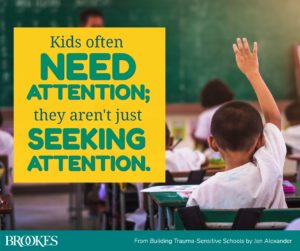 Don’t discourage attention seeking. How many times do we label students as “attention-seeking” as if it’s a bad thing? When students seek connection and help when they are needed, that’s a sign of health and should be encouraged. Any person’s genuine need for attention is legitimate, and it’s not wrong to give students attention when they need it or provide help when they they are dysregulated and need assistance. Consider building in times throughout the day when traumatized students receive unconditional one-to-one time with an adult. That person can listen to them talk about whatever they want to discuss, play a game with them, or do a craft or project with them.
Don’t discourage attention seeking. How many times do we label students as “attention-seeking” as if it’s a bad thing? When students seek connection and help when they are needed, that’s a sign of health and should be encouraged. Any person’s genuine need for attention is legitimate, and it’s not wrong to give students attention when they need it or provide help when they they are dysregulated and need assistance. Consider building in times throughout the day when traumatized students receive unconditional one-to-one time with an adult. That person can listen to them talk about whatever they want to discuss, play a game with them, or do a craft or project with them.
Consider a “time in” instead of a “time out.” When a distressed student is having difficulty staying in control, they usually won’t benefit from time away from others. Isolation for traumatized students can actually be retraumatizing, since it may remind them of past neglect or abandonment. Instead of imposing a time-out, try providing “time-in” with a trusted adult or mentor to give students the attention and regulation they need.
Use positive language. When you speak to students, phrase instructions in positive ways so they learn what you expect them to do instead of what you don’t want them to do. For example, instead of saying, “No running in the halls,” say, “Walk, please.” Or instead of saying, “Stop using putdowns,” try saying, “Tell us what you feel so everyone can feel safe.”
Establish healthy boundaries.
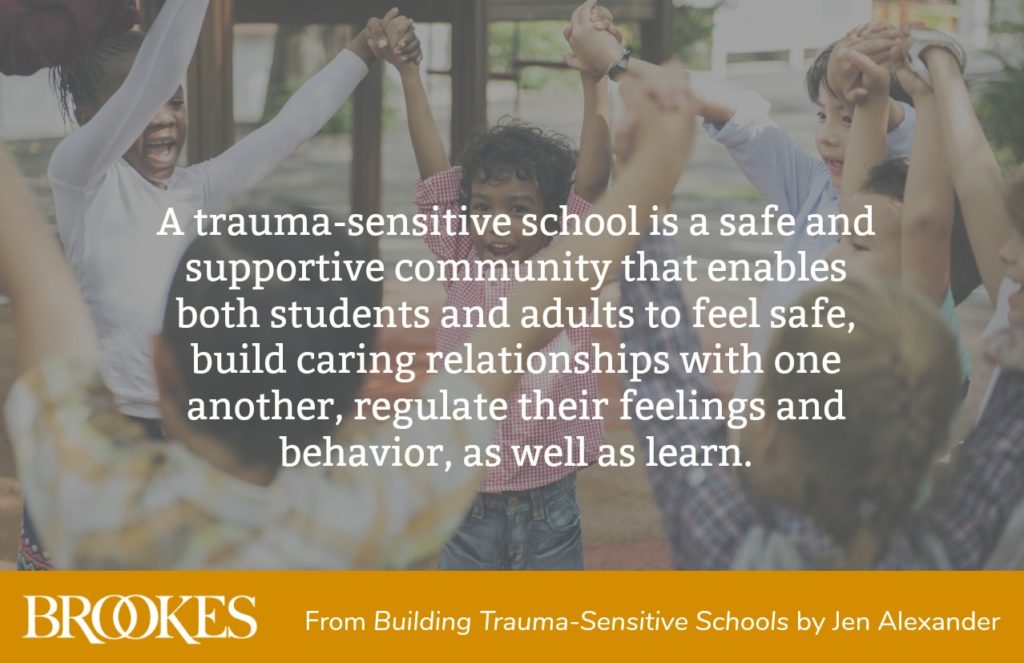
In trauma-sensitive schools, boundaries help preserve safety. Boundaries around personal space and behavior help create and maintain healthy relationships, and boundaries around time help ensure that students are able to learn. When you’re setting these limits, be caring, nurturing, and empathic. A trauma-sensitive teacher might say things like:
- In our school, we don’t do ____ because that bothers others.
- Let me show you how we do that here so everyone gets what they need.
- I know it’s hard to stop, but it’s time to so we can keep learning (or playing well) together.
- You really want it to go your way, and that is not what I hear your friend wanting. How can we work this out together so you both get at least a little bit of what you want?
- I bet it would upset you if someone did that to you. I’m not going to let you do that to others. Can I help you find another way?
- I know it’s hard to accept me saying no about that; I’m here to help you through it.
Provide hydration and healthy snacks. Students who have experienced early childhood trauma often experience significant changes to their insulin receptor sites, which means they’re at risk for dramatic behavioral changes when their blood sugar starts to drop below optimal levels. To help them with regulation, give students access to light, healthy snacks throughout the day. Since hydration improves both regulation of attention and memory performance, you should also allow students to have water bottles at their desks. Apart from the physical benefits, students who have experienced a lack of food or drink will be reassured psychologically by having easy, frequent access to nourishment and hydration. And all students, regardless of background or circumstance, will benefit from snacking on healthy foods and drinking water.
Build in brain breaks. Throughout the day, lead your students in daily mindfulness practice, deep breathing, journal writing, relaxation exercises, stretching exercises, and other brain breaks. And steer clear of taking away recess as a punishment—all students, especially traumatized young people, need the exercise recess provides to improve their body and brain regulation and support their learning.
Weave prosocial lessons into academic instruction. Look for ways to embed positive, prosocial messages into academic subjects. In science, as students learn about interdependency within ecosystems, link this lesson to the importance of human interdependency within communities and within personal relationships. In language arts courses, explore emotions, needs, and relationships in the context of the books you’re studying and encourage students to imagine themselves in the shoes of different characters. In history class, help students make connections between past and current themes related to abuse of power, conflict resolution, ethical decision making, social responsibility, justice, teamwork, and positive leadership.
Collaborate to meet families’ needs. Students’ real and felt safety often depends on how well their family’s needs for safety and health are being met. Work proactively with parent groups and community members to address a variety of family needs as the pandemic continues. Try these tips:
- Provide on-site health services and link families with other health or social service resources in the community through easily accessible and timely referrals
- Partner with community agencies to offer after-school, school break, or summer programming—or help create school-sponsored programming
- Coordinate with local food banks so youth who need it can take free food bags home over the weekends and during school breaks
- Organize drives for free or low-cost clothing, toys, or books
- Establish programs that can provide systemwide access to free or reduced-cost fees, equipment, musical instruments, or other items required for participation in activities
Use the strategies in today’s post to help build a more trauma-sensitive classroom—and add your own ideas in the comments below. For more advice, tips, and planning tools from an expert, check out the book:
 Building Trauma-Sensitive Schools
Building Trauma-Sensitive Schools
Your Guide to Creating Safe, Supportive Learning Environments for All Students
By Jen Alexander, M.A., NCC, SB-RPT
With this engaging, highly practical guide to what works and why, your school team will gain insights and develop action plans that make a real difference in the lives of students exposed to trauma. Includes creative activities for teachers, compelling anecdotes and sample scripts, and forms and worksheets.

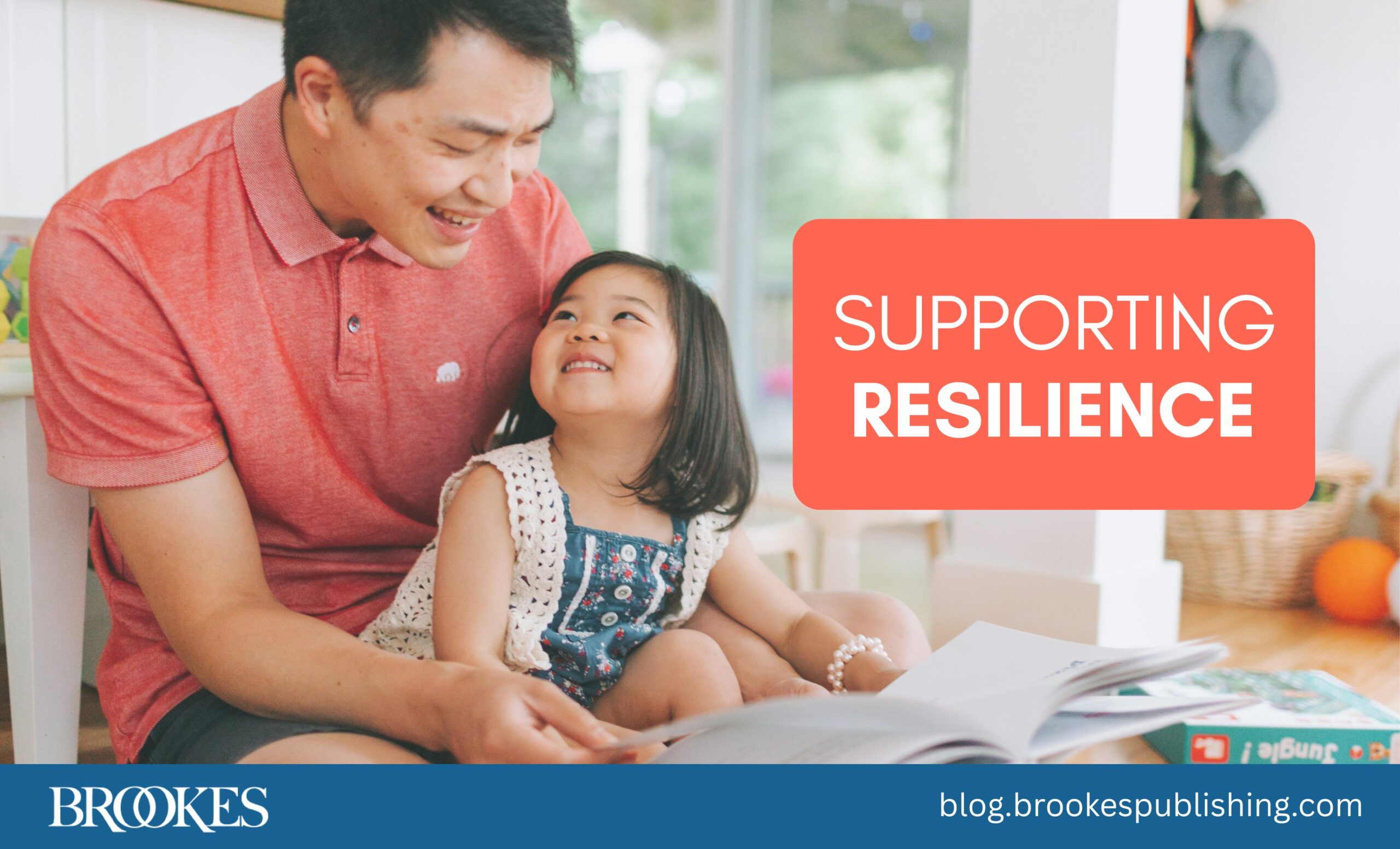
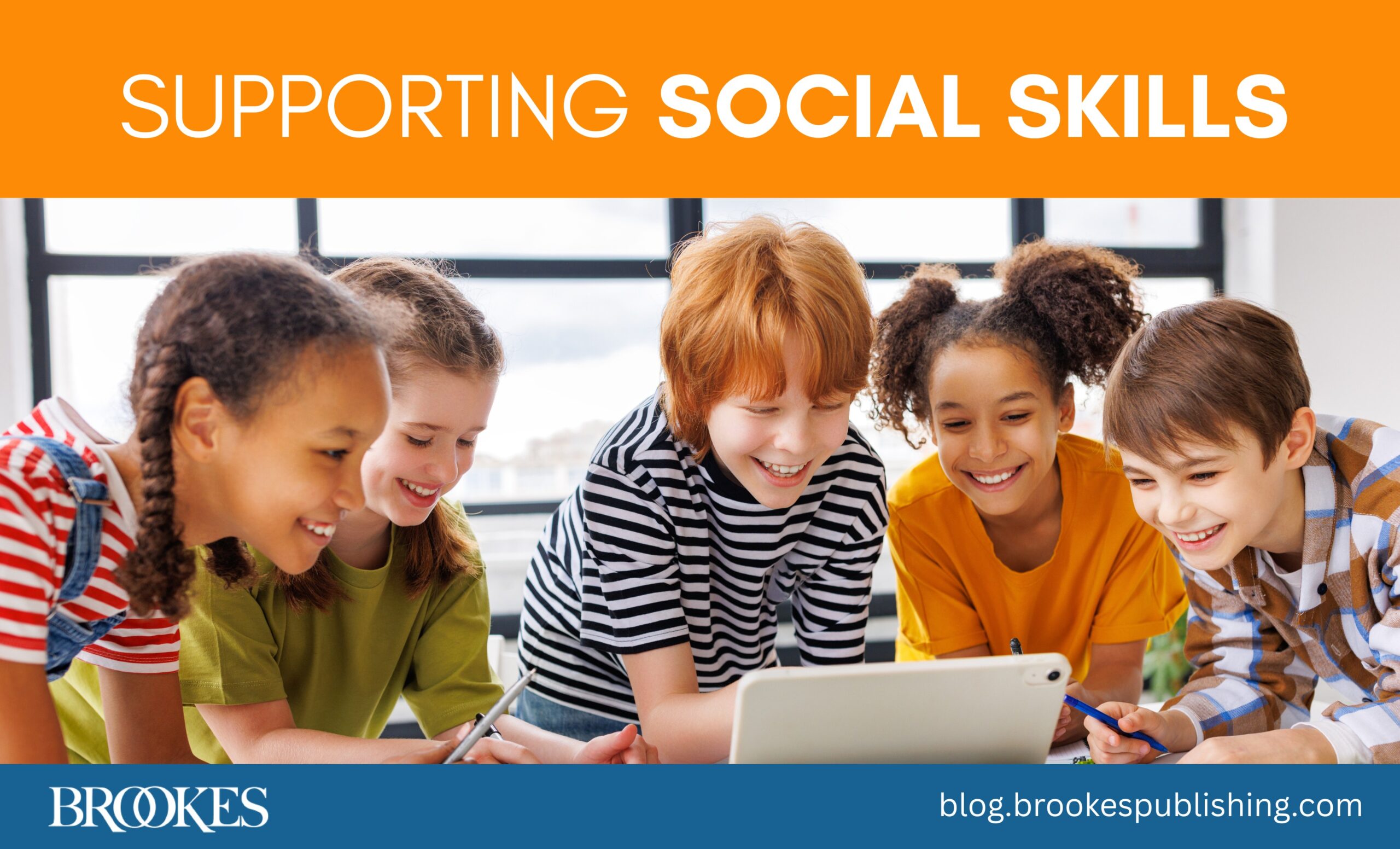

Write a Comment
Your email address will not be published. Required fields are marked *
comments
Tim Feest says
These insights and ideas are very helpful in an area you must thing outside the box.
Post a Comment